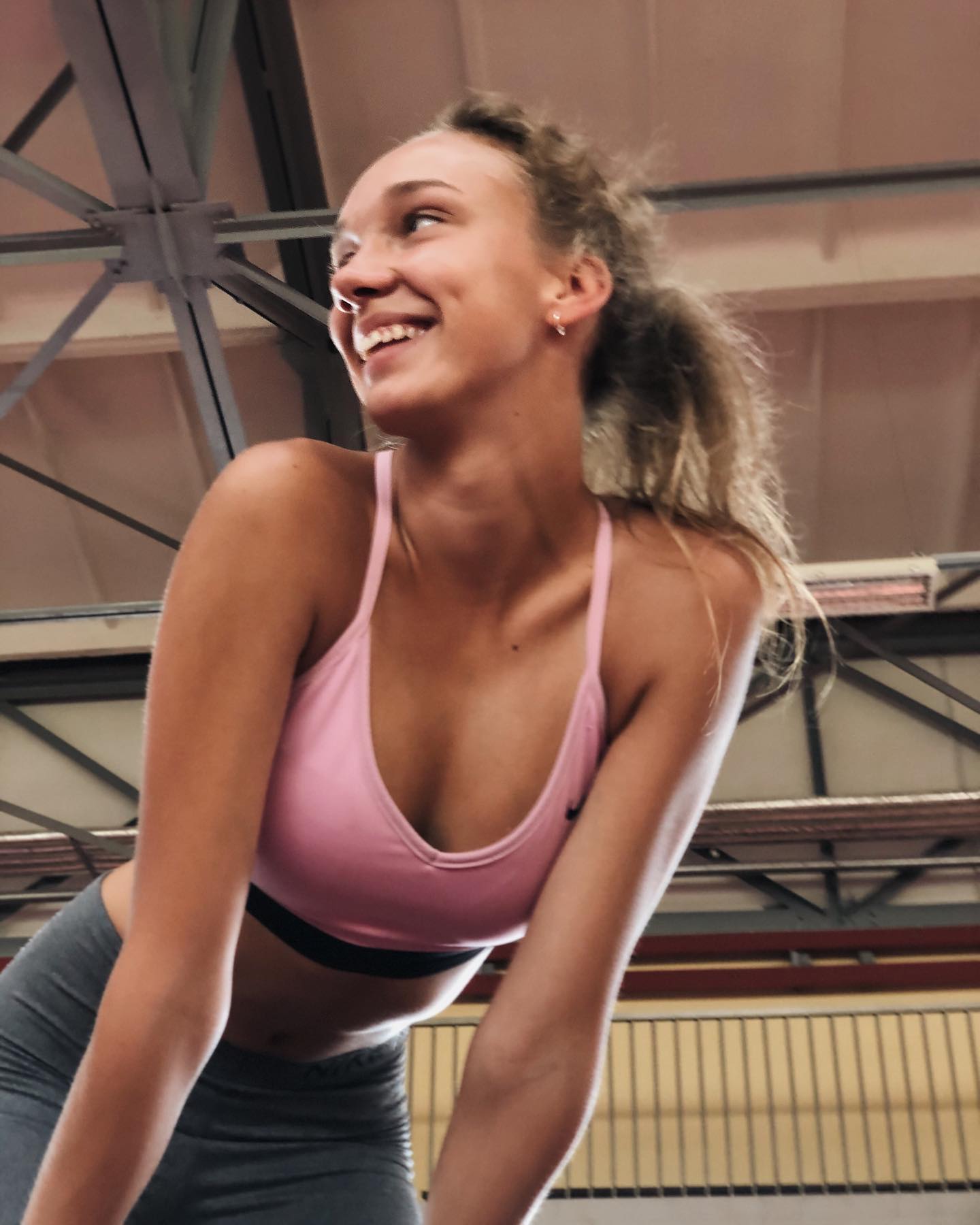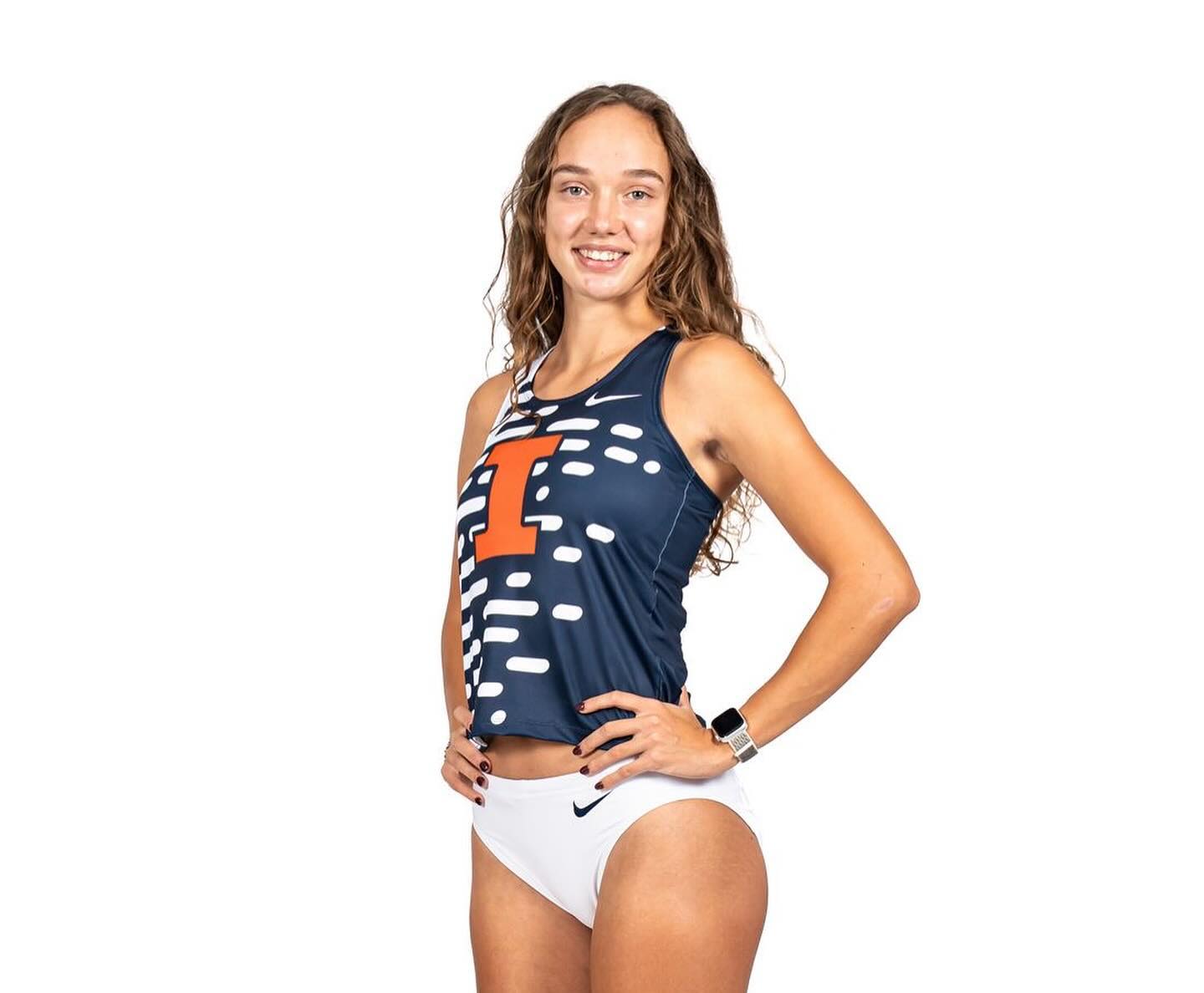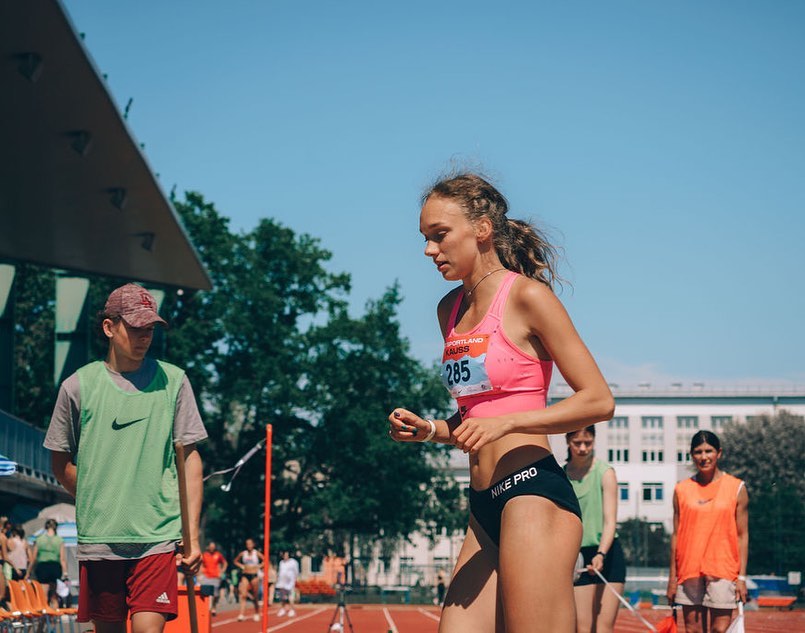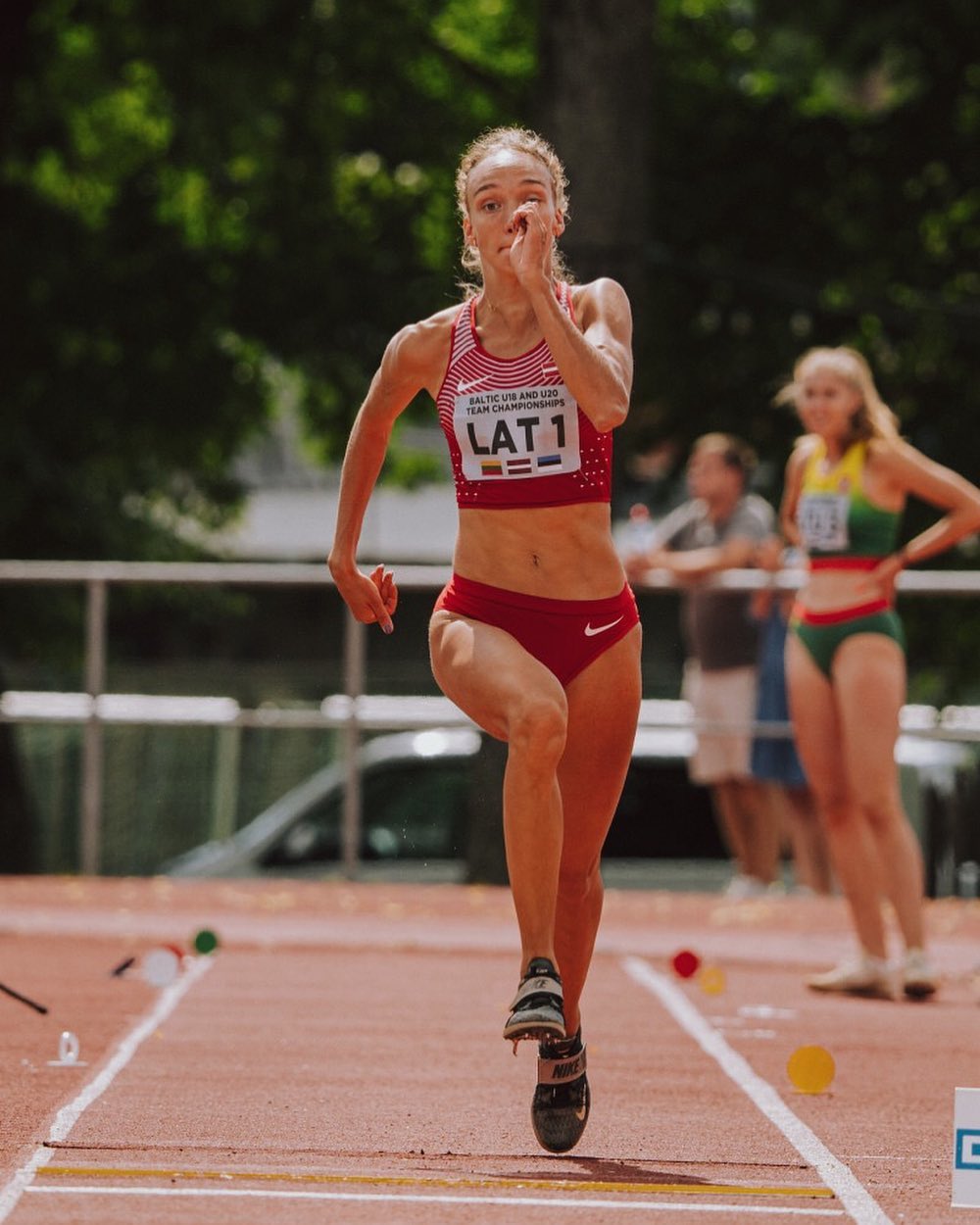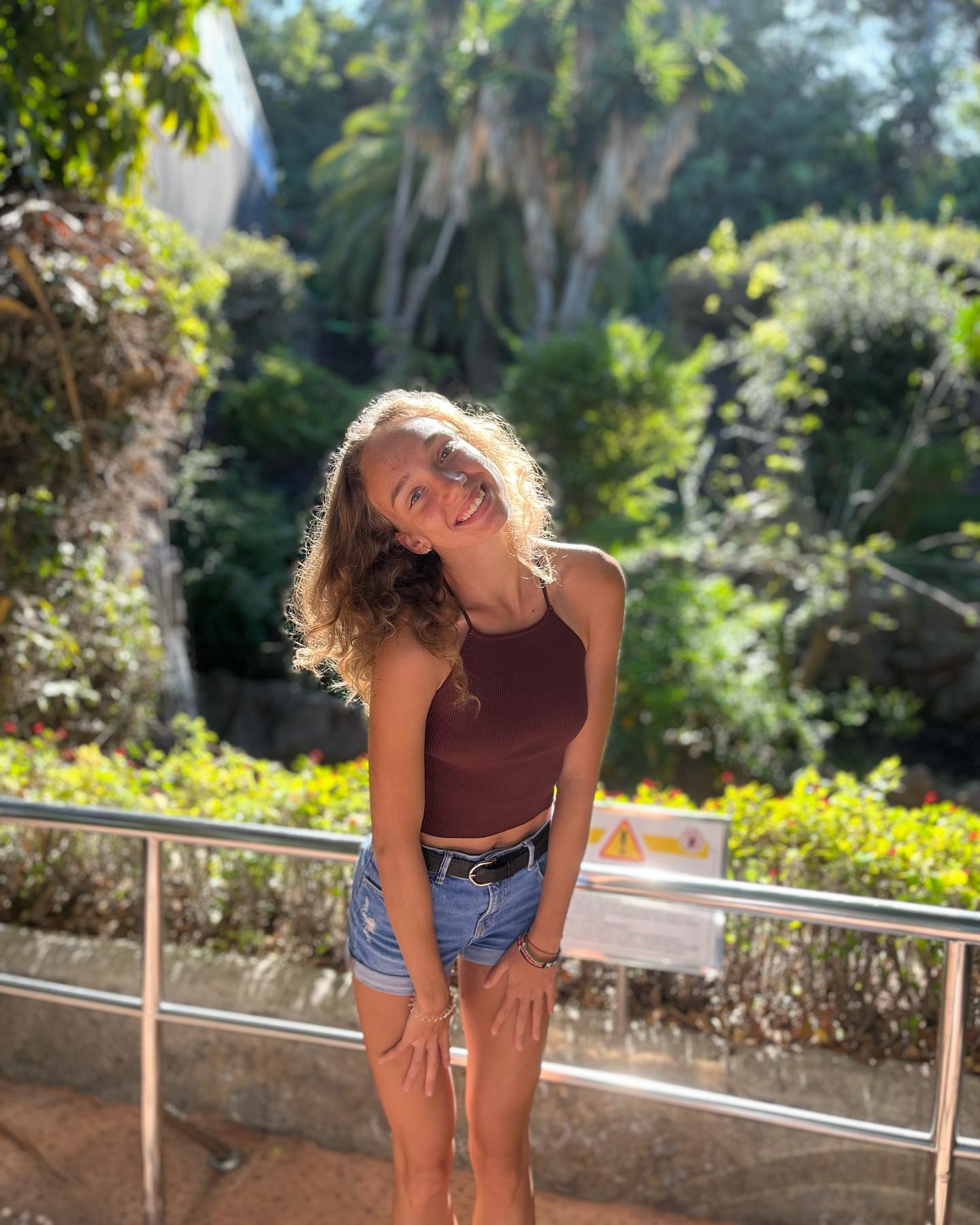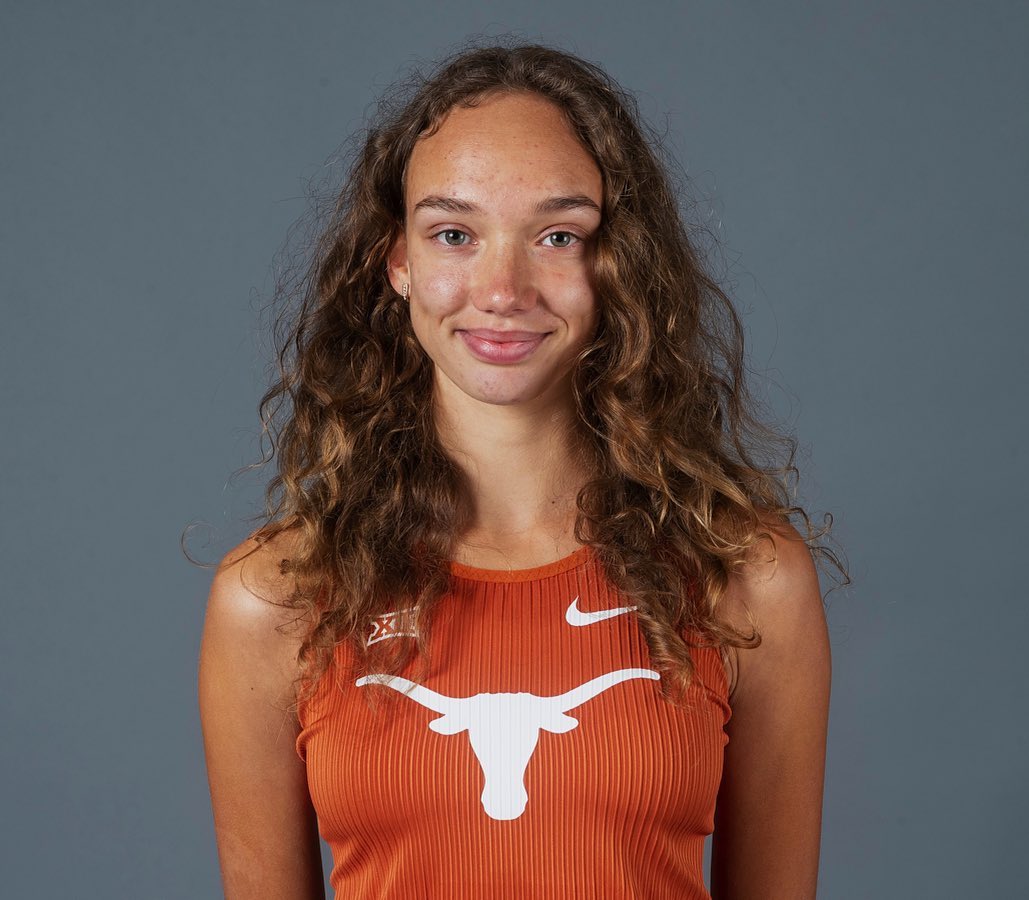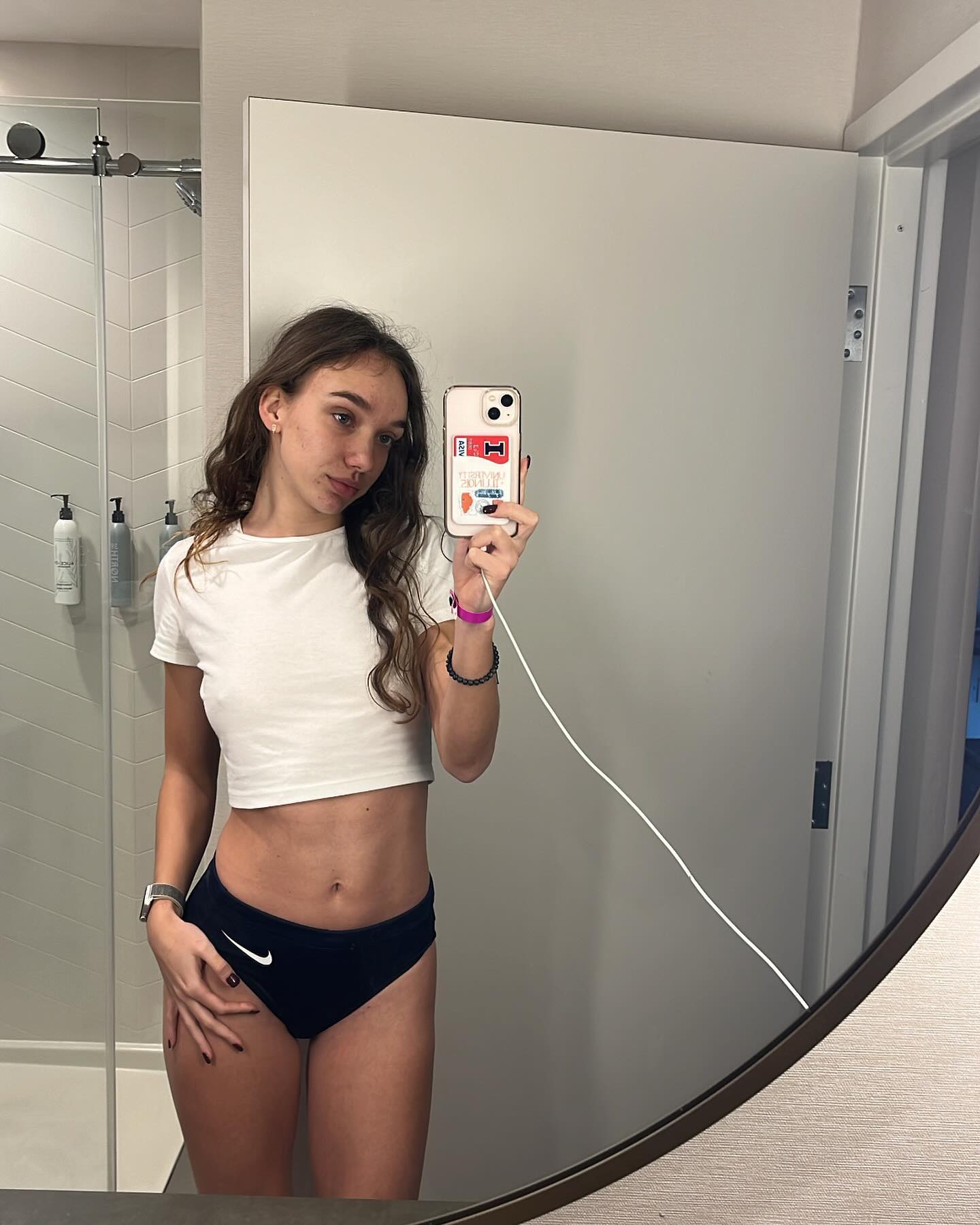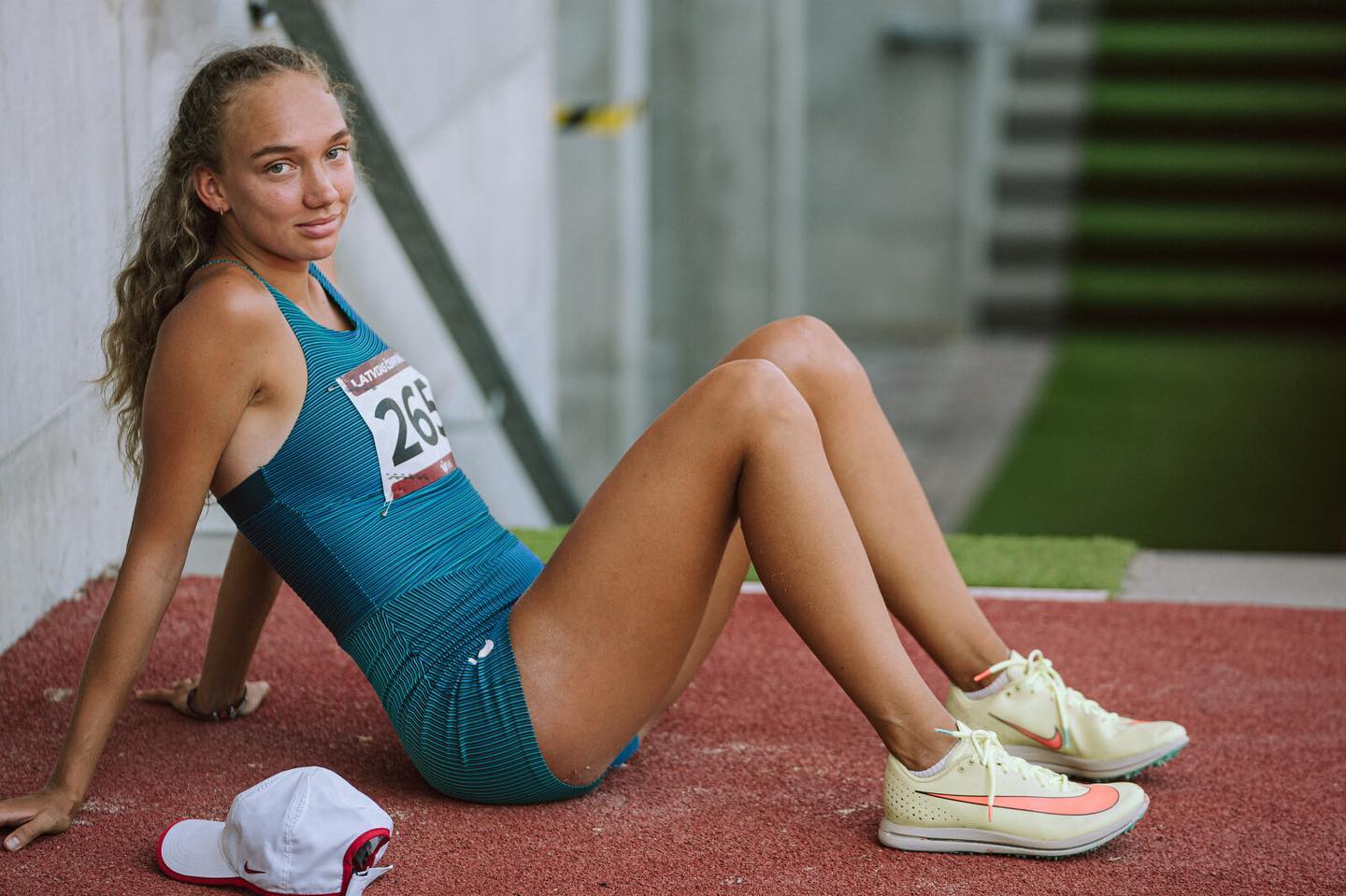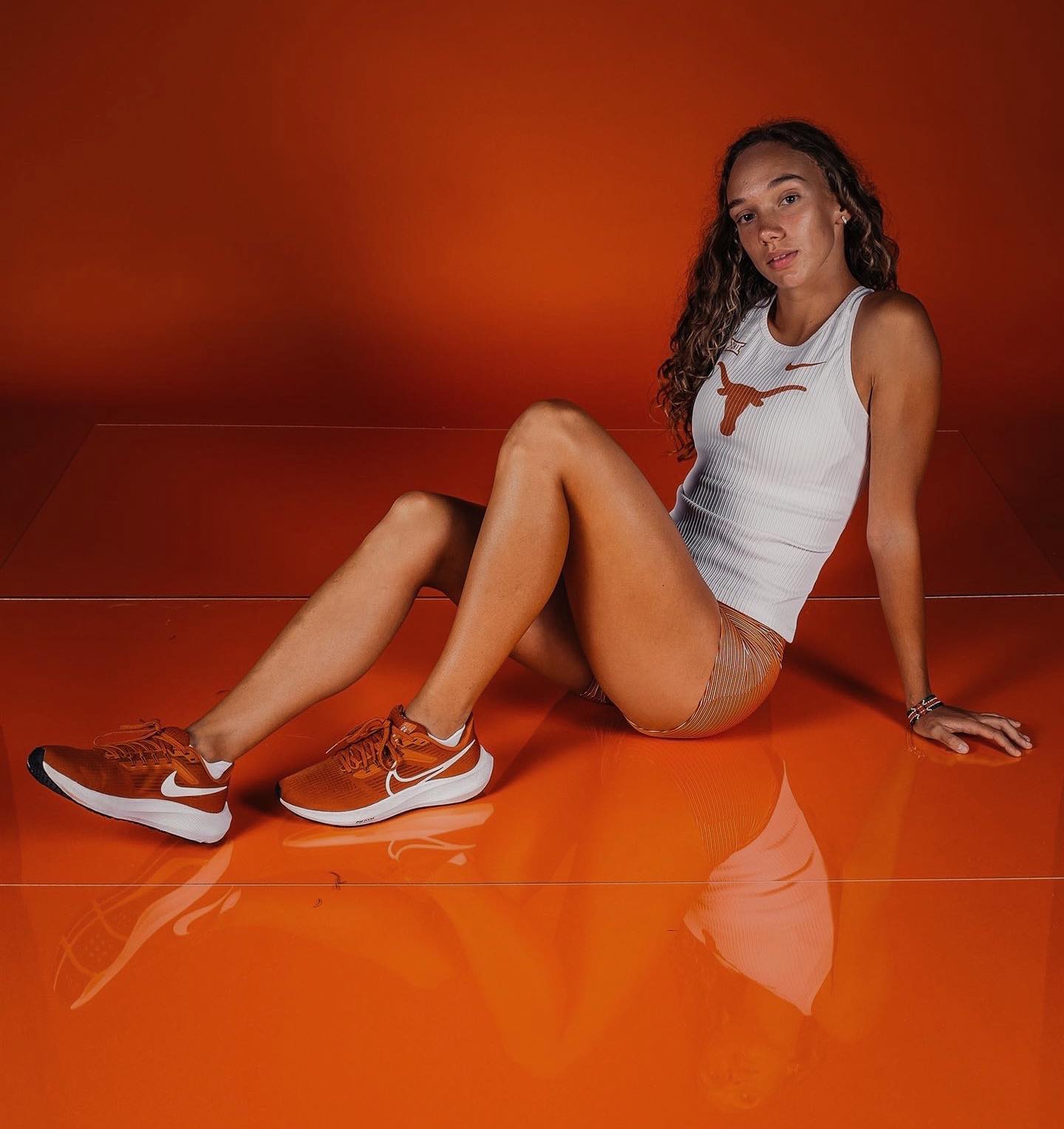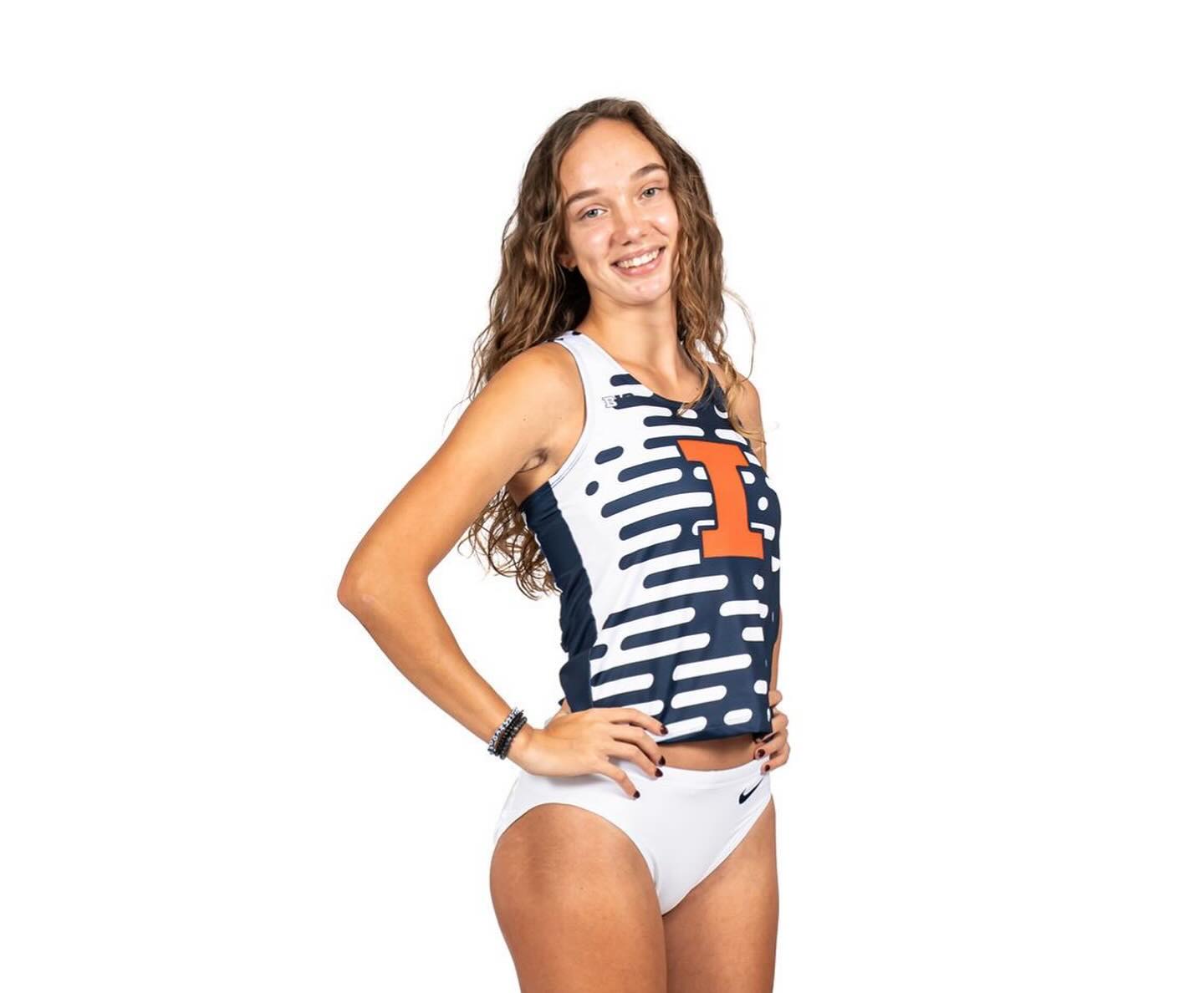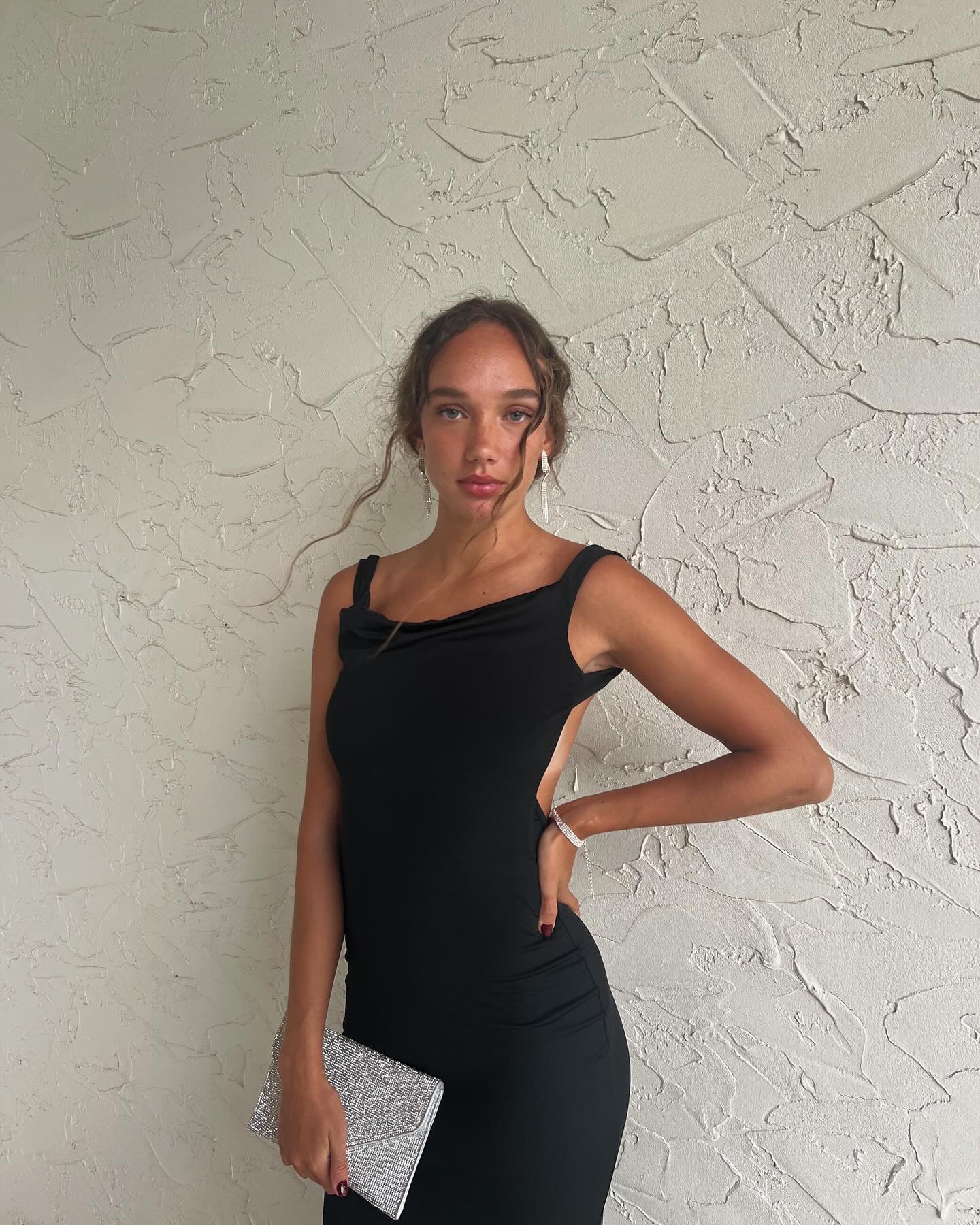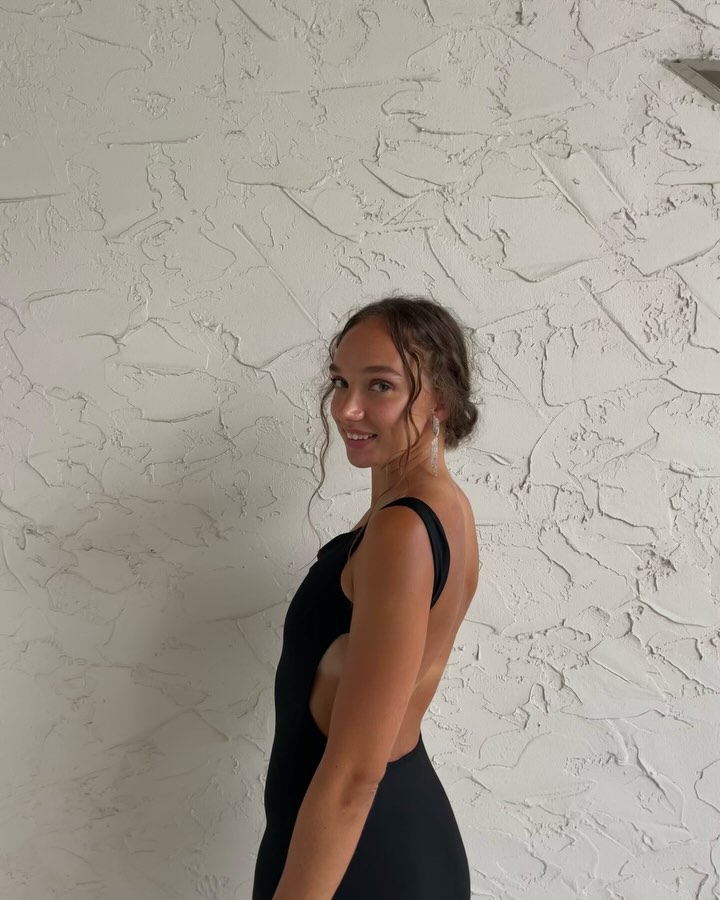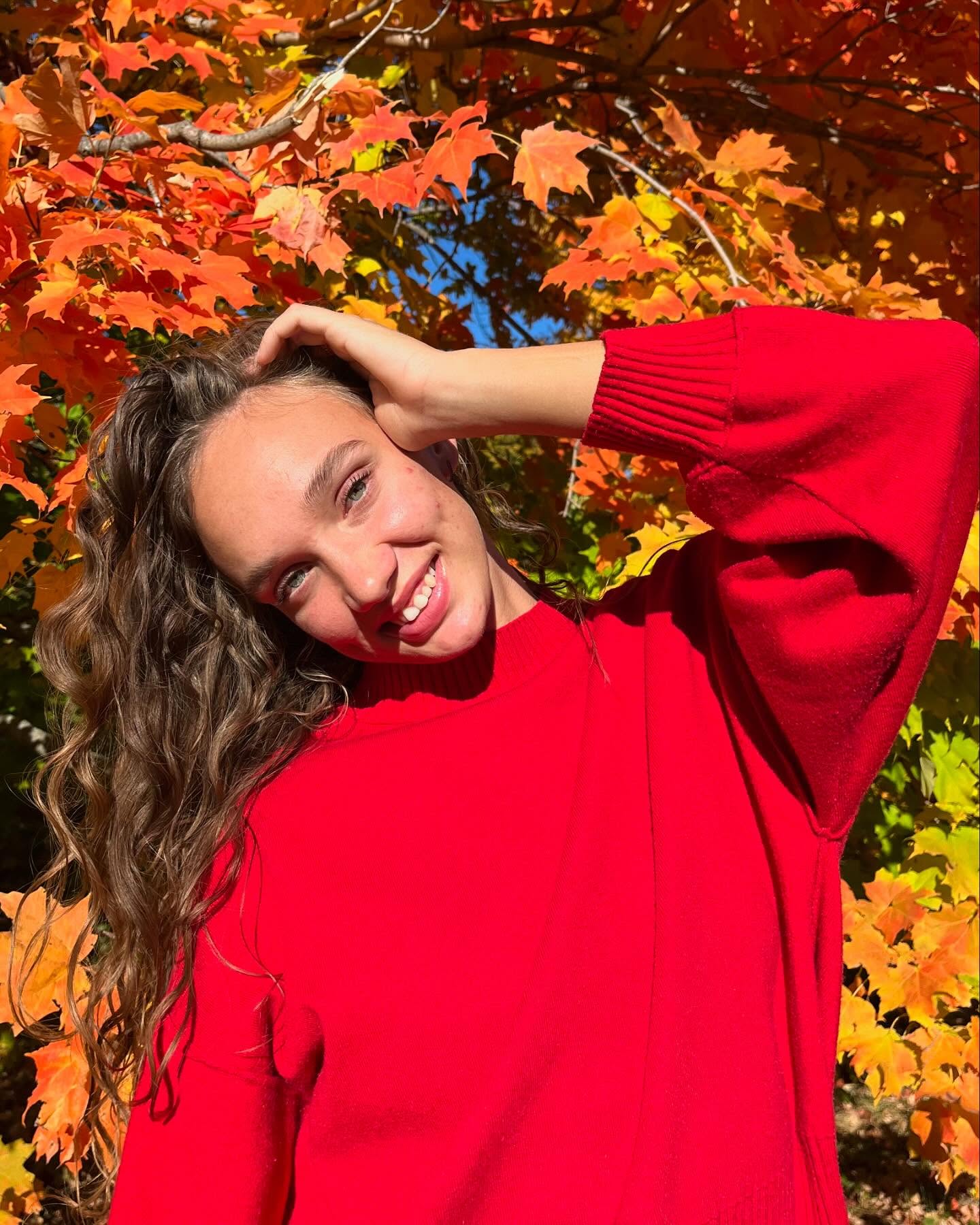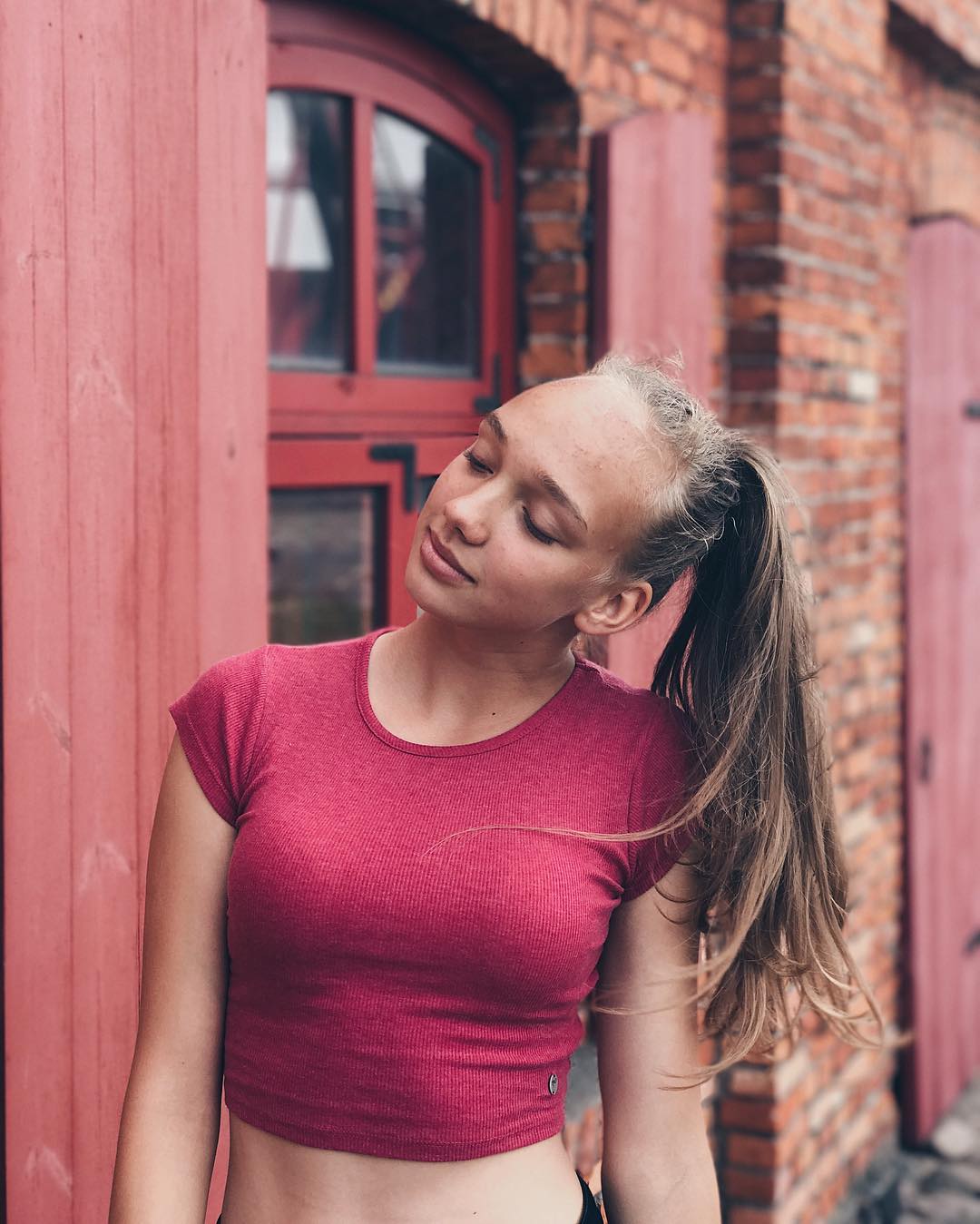Darja Sopova: A Collegiate and International Track & Field Career
Darja Sopova has emerged as one of the most accomplished Latvian track and field athletes in recent history, combining elite collegiate performances in the United States with international success. Competing primarily in the triple jump, Sopova has redefined the record books at the University of Illinois while maintaining a prominent role on the Latvian national team. This report synthesizes her career trajectory, competitive achievements, and impact on the sport.
Early Career and Transition to Collegiate Athletics
Born in Ventspils, Latvia, Darja Sopova began her athletic journey at Ventspils State Gymnasium No. 1, where she quickly distinguished herself as a prodigious talent in jumping events. By 2021, she had already secured a bronze medal at both the World U20 Championships (13.60m) and the European U20 Championships (13.62m), the latter marking a Latvian U20 national record. These performances positioned her as a rising star in European athletics and attracted attention from NCAA programs.
Sopova initially enrolled at the University of Texas in 2021, where she competed as a freshman jumper. During her tenure with the Longhorns, she claimed victories at the Longhorn Invitational and Texas Invitational in the triple jump, demonstrating early consistency in collegiate competition. However, her transfer to the University of Illinois in 2023 proved transformative, aligning with a coaching staff specializing in jumps and combined events.
Collegiate Dominance at Illinois
Sopova’s 2024 indoor and outdoor seasons cemented her legacy as one of Illinois’ greatest athletes. At the 2024 NCAA Indoor Championships, she secured a school-record triple jump of 13.58m (44-6¾), earning First Team All-American honors and finishing sixth nationally. This built upon her Big Ten Indoor Championship victory (13.39m), where she also placed fourth in the long jump (6.12m).
The outdoor season saw even greater heights. At the NCAA West Preliminaries, Sopova shattered an 18-year-old Illinois record with a 13.76m (45-1¾) leap, qualifying for the NCAA Outdoor Championships. In the national final, she improved further to 14.01m (45-11¾), claiming silver and becoming Illinois’ first triple jump All-American since Nicole Whitman in 2003. This mark ranked second in NCAA history for the event at the time.
Her technical refinement under Illinois’ jumps coach Sarah Glidden played a critical role in her progression. Improved phase ratios—particularly her step phase accounting for 38% of total distance in her 14.01m jump—were key to surpassing the 14-meter barrier. Additionally, her long jump capabilities (PB: 6.64m) provided secondary scoring opportunities for the Illini, exemplified by her eighth-place finish at the Big Ten Outdoor Championships.
International Representation and Latvian National Team Contributions
While excelling collegiately, Sopova remained active on the international circuit. Her 2021 World U20 bronze medal established her as Latvia’s top junior triple jumper, a role she has maintained into senior competition. Although specific 2024 international results are not detailed in available sources, her NCAA performances suggest readiness for European Championships and World Athletics Continental Tour events.
Notably, Sopova’s rivalry with compatriot Rūta Lasmane (Texas Tech) has elevated Latvian triple jumping. At the 2024 NCAA Indoor Championships, Lasmane set a Latvian record of 14.47m, while Sopova’s 13.58m placed sixth—a dynamic that mirrors their earlier junior careers. This domestic competition bodes well for Latvia’s prospects in team events like the European Athletics Team Championships.
Technical and Tactical Innovations
Sopova’s technique combines elements of the “hang” and “hop” styles, optimizing horizontal velocity retention during takeoff. Data from the 2024 outdoor season shows her achieving a takeoff angle of 18.5°—slightly lower than elite jumpers like Yulimar Rojas (20°–22°) but effective for her 10.2m/s approach speed. Her plantar flexion during the step phase, measured at 42°, minimizes vertical braking forces, a adjustment credited to Illinois’ video analysis protocols.
Illinois’ periodization strategy for Sopova emphasizes eccentric strength development during the indoor season, utilizing depth jumps and resisted sprinting. Transitioning outdoors, the focus shifts to plyometric specificity, including bounding over hurdles at 85–90% intensity. This periodization aligns with research showing 12–15% improvements in triple jump performance when eccentric and concentric phases are trained separately.
Impact on Illinois Program and NCAA Legacy
Sopova’s contributions propelled Illinois women’s track & field to unprecedented heights. The team ranked No. 1 nationally in the January 2024 USTFCCCA indoor ratings, driven by her triple jump and the squad’s depth in horizontal jumps. Her 15 points at the Big Ten Indoor Championships were instrumental in Illinois’ team finish, while her school-record outdoor mark solidified the program’s resurgence.
Recruiting ramifications are equally significant. Illinois has since secured commitments from three top-20 junior triple jumpers, a trend directly attributed to Sopova’s visibility. Internationally, her success provides a template for European athletes considering NCAA competition, particularly those from smaller federations like Latvia.
Future Projections and Challenges
At 22 years old (as of 2025), Sopova’s potential extends beyond collegiate athletics. Historical data suggests triple jumpers peak between 25–28, indicating room for improvement toward the 14.50m range—a mark that would contend for Olympic finals. Key areas for development include approach consistency, where reducing variability in her 14-step run-up (current standard deviation: ±0.23s) could enhance performance stability. Improving horizontal velocity maintenance through weighted vest training during the penultimate step is another priority. Additionally, gaining experience in Diamond League meets would help acclimate her to elite competition rhythms.
Potential obstacles include injury risks associated with high-intensity jumping and the transition to professional training structures post-NCAA. However, her 94% competition availability rate at Illinois suggests durable biomechanics.
Conclusion
Darja Sopova’s career exemplifies the synergy between collegiate athletics and international development. By leveraging NCAA resources while maintaining Latvian national team commitments, she has achieved record-shattering results that benefit both her university and home country. As she transitions to professional competition, her technical foundation and competitive mentality position her to challenge for global championships. For Illinois, she leaves a legacy as the athlete who redefined program expectations in field events—a testament to strategic recruiting and athlete-coach collaboration.
The broader implications for track & field include demonstrating how mid-major NCAA programs can cultivate world-class talent through specialized coaching and international recruitment. Sopova’s journey offers a blueprint for athletes from smaller nations to access high-performance training environments while retaining national team eligibility—a balance critical to the sport’s global growth.
Go Darja!
